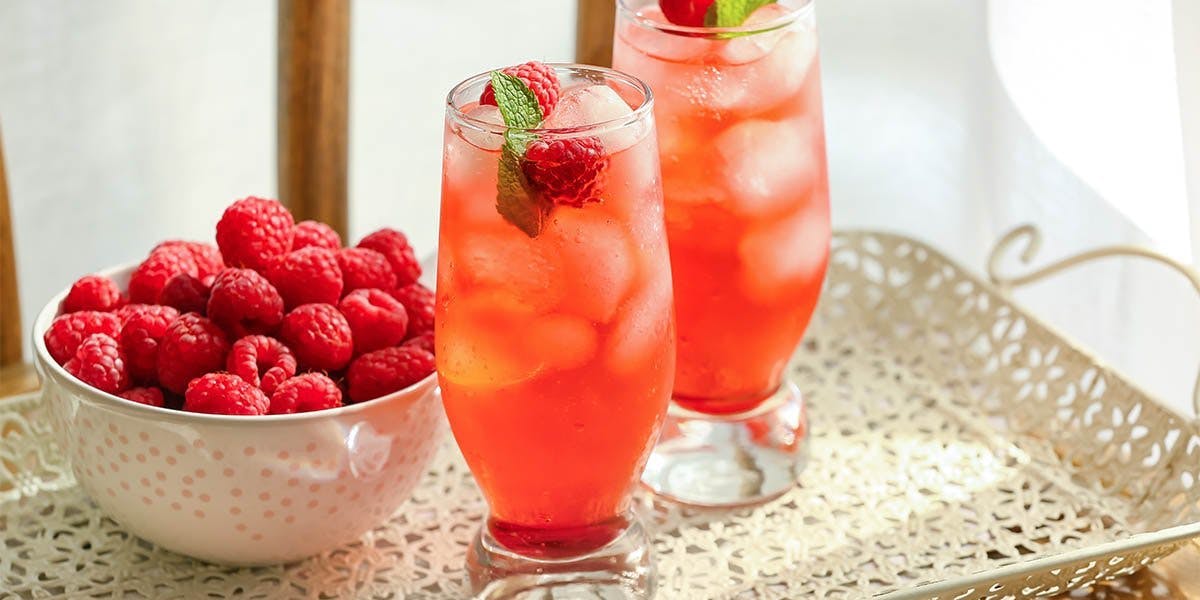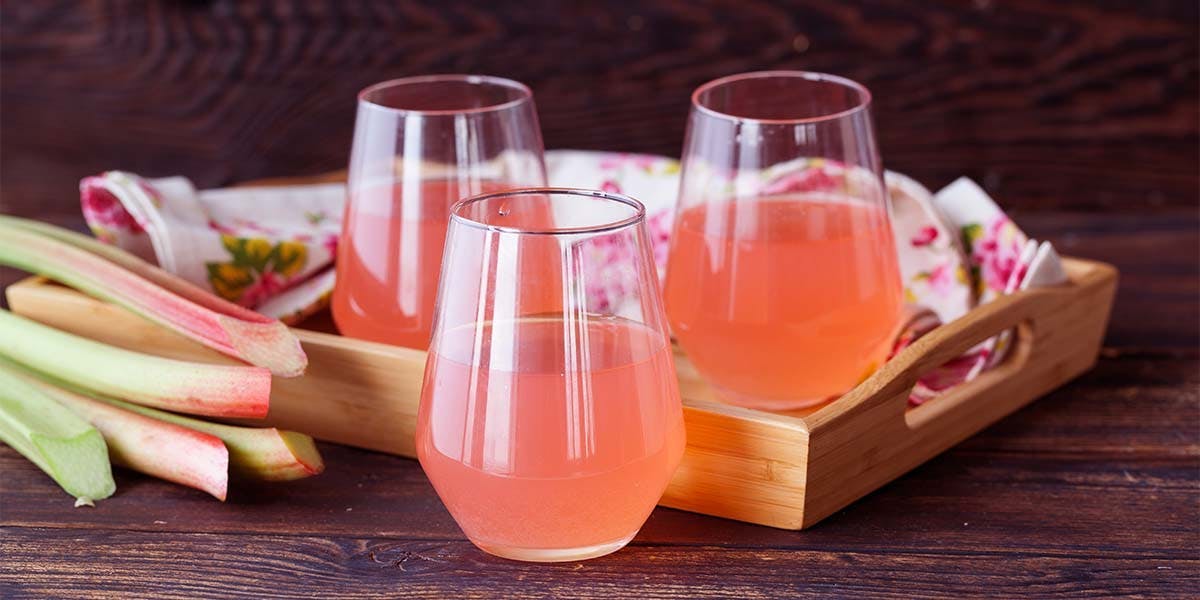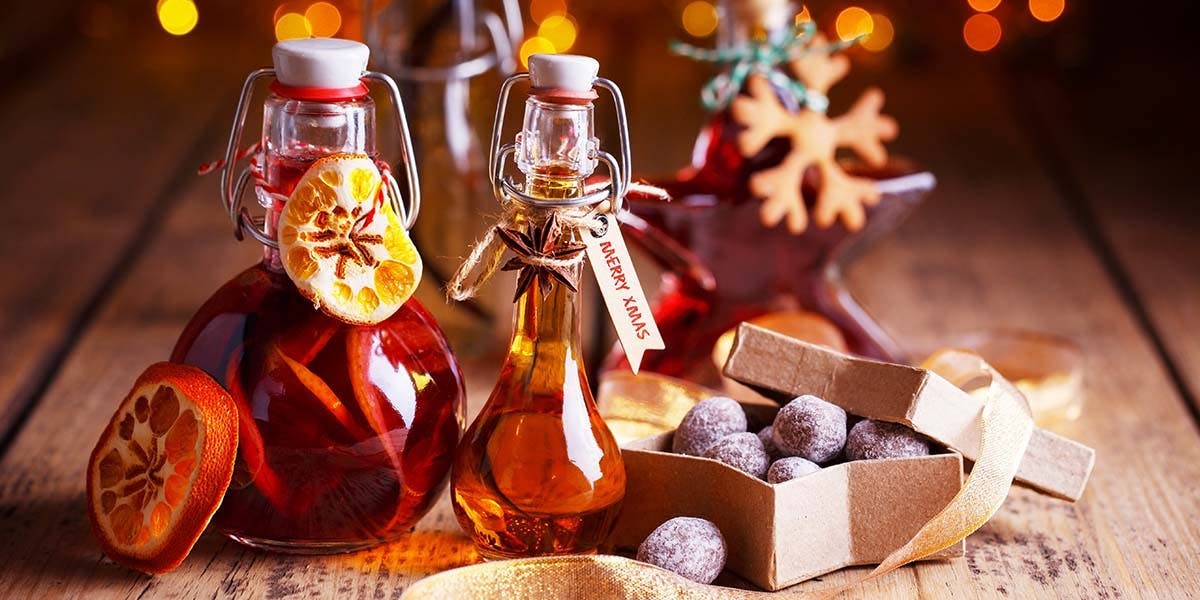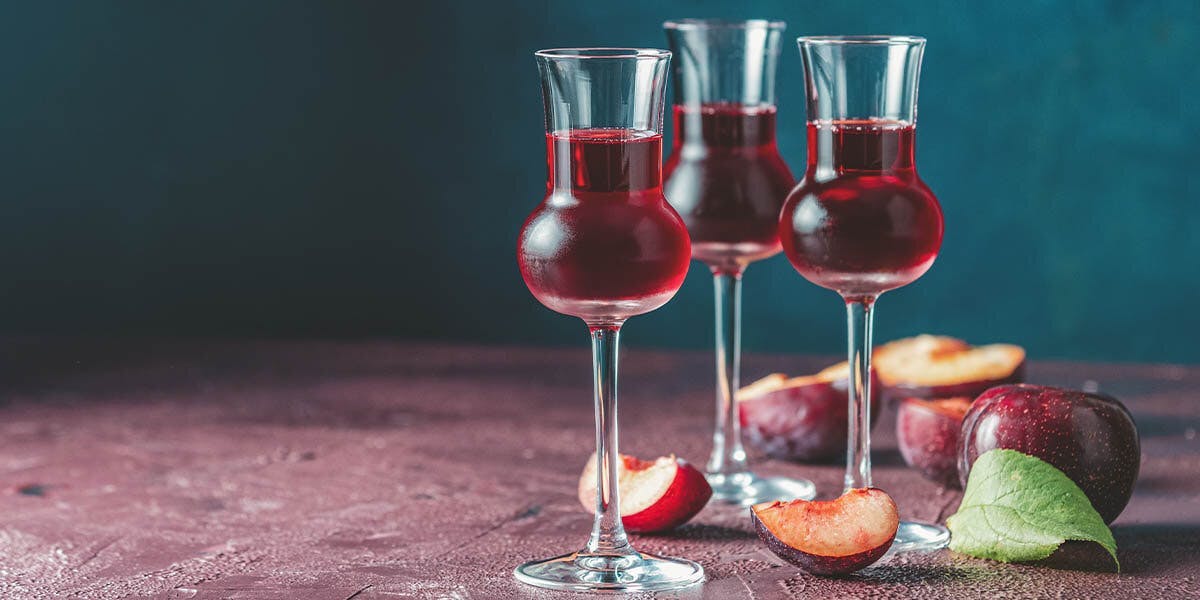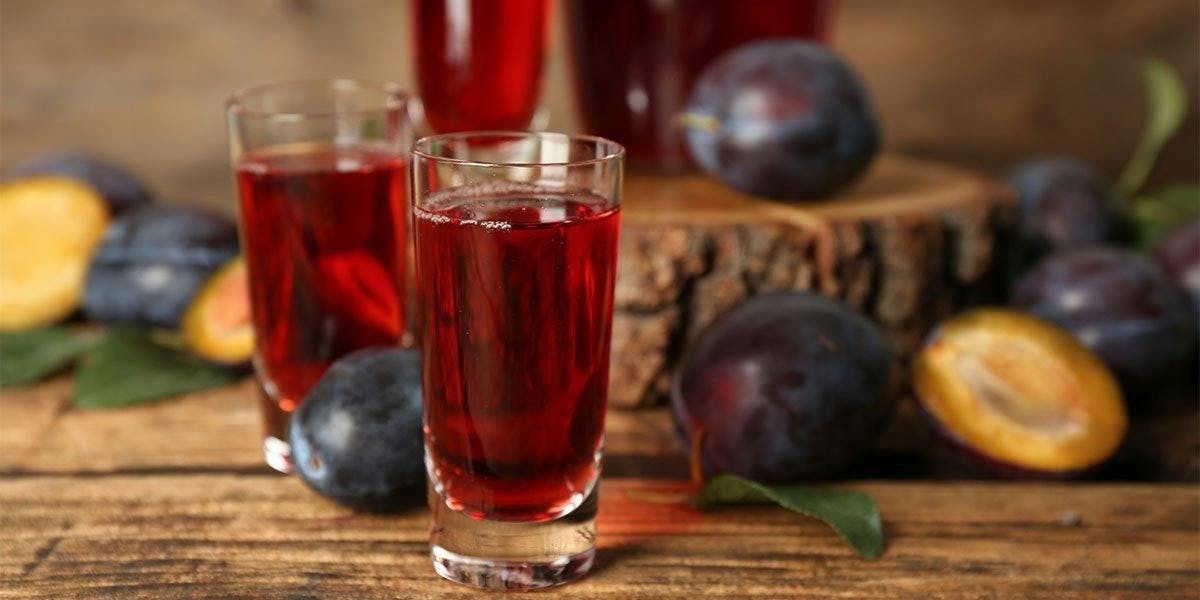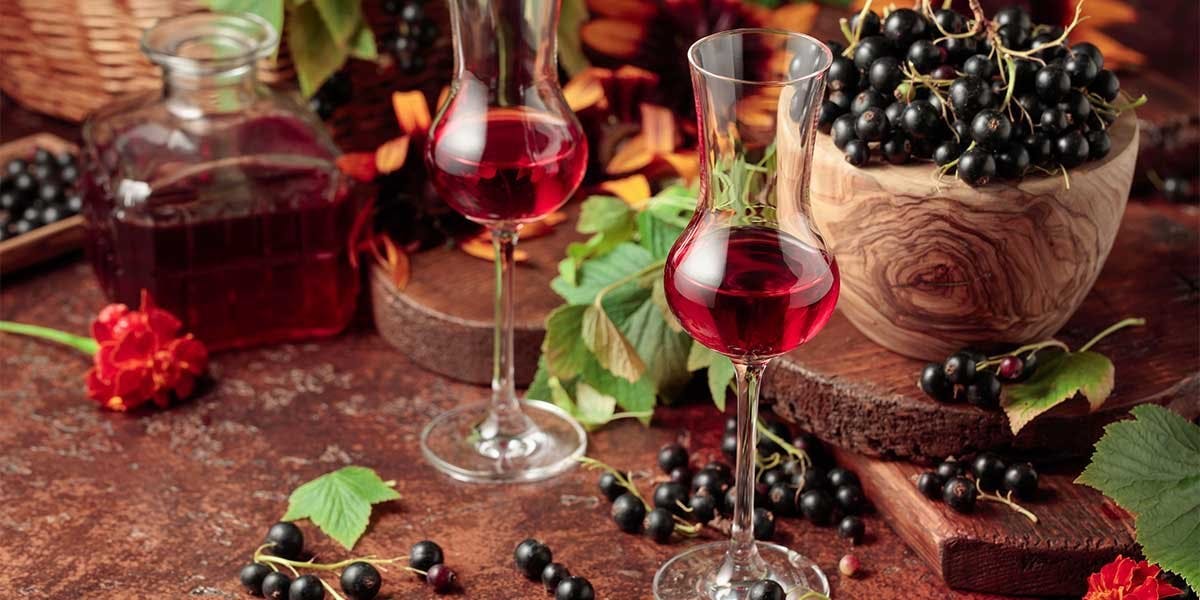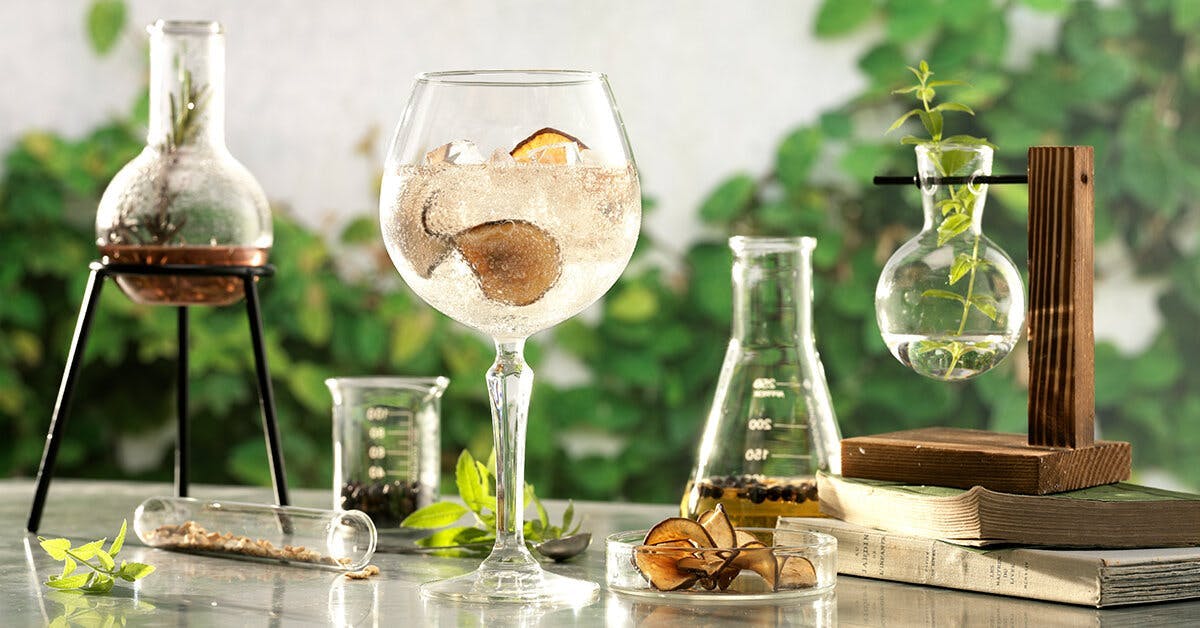
What is gin made from? How is gin different from vodka? And is "flavoured gin" really, well, gin?
There’s been a gin revolution in recent times, with a genuine explosion of new gins entering the market and more and more people each year discovering the delights of this delicious, versatile spirit.
Something we’re proud to have helped spearhead here at Craft Gin Club!
It’s fair to say that the UK is experiencing a real love affair with gin in all its forms. However, the sheer variety of gins on offer means it can all become a bit confusing.
Here at the club, we get lots of questions like what exactly is gin? How is it made? And is gin the same as vodka? Can it be made from vodka, at least? Is flavoured gin the same as ‘real’ gin?
So we’ve put together a little summary of all the answers to the most frequently asked questions about gin.
Armed with your new ginny expertise, your next gin and tonic will taste even better!
What exactly is gin?
You might be surprised to discover that there are quite tight laws that control not only what gin is made of, but also how it is made and even what it tastes like!
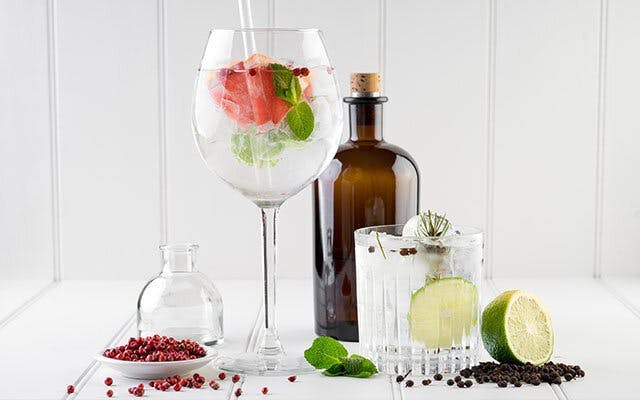
Here’s what the current legal definition of gin in the E.U. states - globally, the definitions are also very similar:
- Gin must be a neutral spirit distilled from something natural like wheat, barley, potatoes or grapes.
- The flavours of a gin come from its botanicals (that’s the herbs, seeds, flowers, plants or spices added during production), and, crucially, all gins must contain juniper.
In fact, the predominant flavour in gin must be juniper, otherwise the drink can’t be defined as gin, by law. - There must be at least 37.5% of pure alcohol in the total volume of liquid (that’s the ‘A.B.V’ you can see on the label).
- Within the overarching category, there are three traditional types of gin: London Dry, Plymouth Gin, and Old Tom gin.
See below for the differences between each of these. However, some modern, innovative gins no longer fall into any of these categories. - Flavoured gin, gin liqueurs and sloe gin are all different from traditional gin in a few significant ways. See below for more details about this.
There’s a lot of debate in the drinks industry right now around the legal definition of gin and whether it is too loose or too restrictive.
Strong opinions abound on both sides of the argument as to how or whether innovative new products should or shouldn’t be allowed to call themselves “gin”. More on this topic later!
How is gin made?
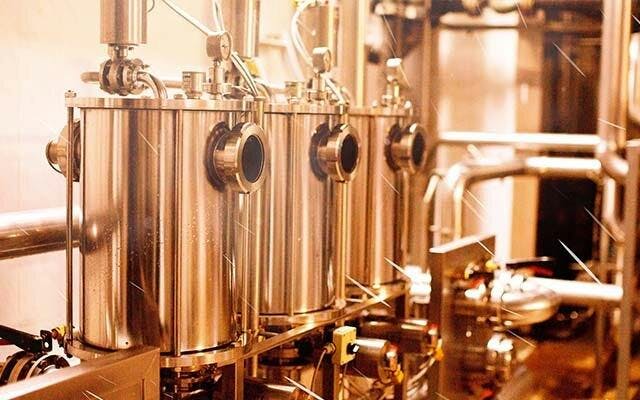
Gin is usually made from a base of grain, such as wheat or barley, which is first fermented and then distilled.
Juniper berries and other herbs, plants and spices (known as aromatics, or botanicals) are added to the fermented grain mixture along with water until the alcohol level and balance of flavours meet the required (or desired) levels.
There are several different technical methods of production that distillers use to make gin…
Compound gin (also sometimes called ‘bathtub gin’, in reference to the batches that were illegally made at home during American Prohibition in the 1920s!) is made from a simpler process.
To make compound gin, fruits, herbs, vegetables or spices (including juniper) are added to a neutral base spirit and left to infuse.
It’s easy to make your own compound gin at home - here’s how!
Is it true you can make gin from vodka?
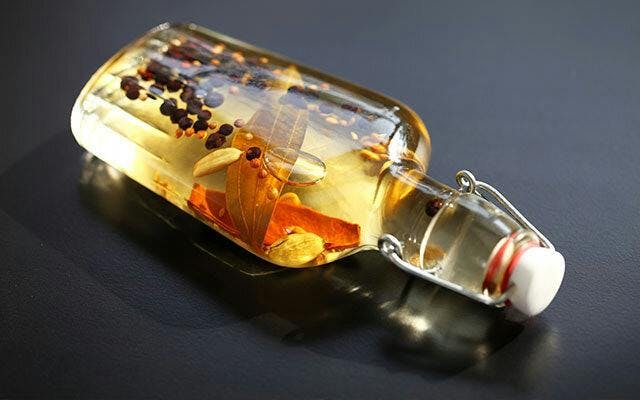
Yes! While most ‘proper’, commercial gin makers (like the distillers behind Craft Gin Club’s Gins of the Month) extract the flavours from botanicals through distillation, it is possible to make gin simply by ‘steeping’ the plants, herbs or spices you want to use in the base spirit.
This means it is very possible to make your own gin at home, using vodka!
What does gin taste of?
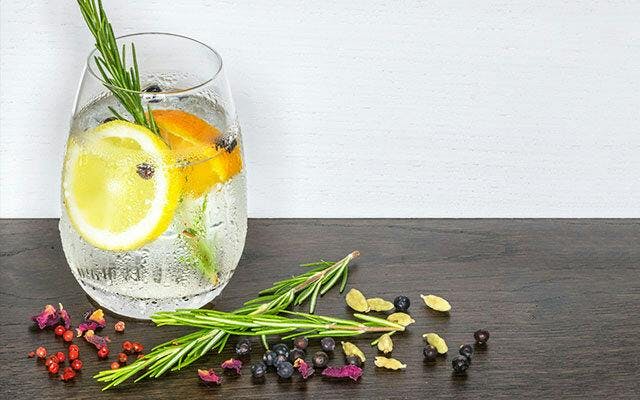
The reason many bartenders and master distillers love gin is its versatility as a spirit, and the reason for that is that it doesn’t have a singular flavour. Every single brand and edition of gin has a completely different taste profile.
The only consistent flavour threading through all gins, regardless of brand or type, is juniper, a subtle piney scent.
However, beyond that, there are hundreds of different botanicals that can be combined in different ways to produce a completely unique flavour for each gin.
Common gin botanicals include coriander, orange, lemon, angelica root, cinnamon, cassia, cardamom, ginger, nutmeg and ground almonds.
However, these flavours are very subtle and do not mean your gin is ‘flavoured’ in the modern sense of artificially added flavours.
What are the different types of traditional gin?
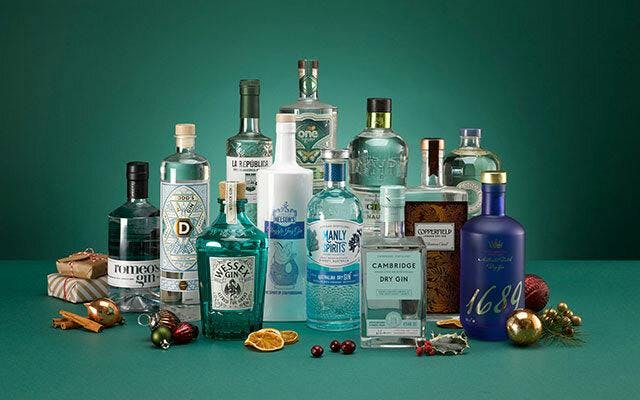
- London Dry is considered by many distillers to be the most sophisticated type of gin.
Surprisingly, this type of spirit doesn’t need to be produced in London!
The term “London Dry” refers to a specific type of production process, which has to meet the legal definition of “London Dry” in order for the gin to call itself London Dry.
The main difference between London Dry and other gins is that all the botanicals in London Dry must be added during the distillation process. And they must all be natural.
Nothing but water and a very small amount of sweetener can be added to the gin post-distillation. By contrast, other gins can have synthetic or artificial flavours or sweeteners added after distillation. - Slightly sweeter than London Dry gins, the juniper flavour in Plymouth gin is also subtler, with greater emphasis placed on ‘root’ botanicals like liquorice and orris.
This style must be made in Plymouth – and, while there used to be many distilleries working there, now only one remains. - Old Tom Gin
Much sweeter than Plymouth or London Dry styles, Old Tom is the ‘missing link’ between the dry, modern style of gin and Genever, the Dutch distillate that came before them.
Popular in the 18th Century (when some producers added lots of sugar or honey to disguise poor quality, homemade gin!), the Old Tom style has seen a recent revival at the hands of bartenders, who like it for the sweeter edge this gin gives to classic cocktails.
What is Navy Strength Gin?
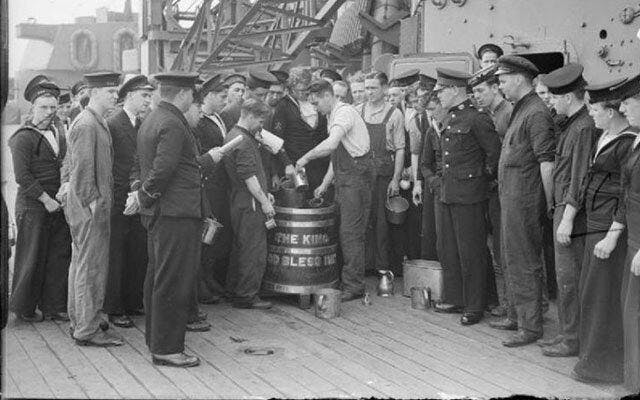
You may also have read about, seen or tasted Navy Strength Gin.
There is some debate around the authenticity of the term ‘Navy Strength Gin’ as a traditional category of gin. Some claim that it was actually only coined in the 1990s by a marketing team for a high-strength new gin!
Regardless, the tradition it refers to is interesting and appears to have a basis in truth, according to Forces.net.
So what’s the story behind Navy Strength gin?
From the 18th Century on, the British Royal Navy issued rations of gin to officers and rum to sailors to drink during their long journeys.
The gin and rum were stored in wooden barrels below deck, along with the ship’s store of gunpowder.
To ensure that gunpowder would still burn when lit even if the gin leaked into the barrel by accident, the Navy demanded that the alcohol content of these rations had to be 100% proof - that’s 57.1% ABV in modern terms!
Hence these days, the term “Navy Strength” is used for any high-strength gin with an alcohol level of 57% or more.
How is modern gin different to traditional types?
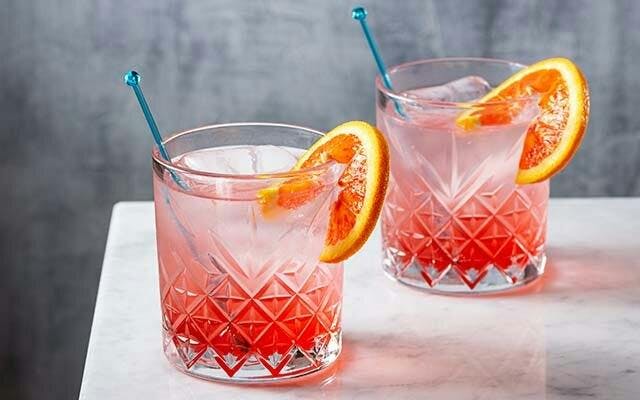
This term encompasses anything that doesn’t fit into other neatly outlined categories and gives distillers lots of room to manoeuvre.
While there are no quality guarantees with modern gins, this category is where some true visionaries are playing – and they have a whole world of flavour at their fingertips!
So what exactly is flavoured gin?
“Flavoured gin” is a term that has sprung up in recent years thanks to the unprecedented boom in modern spirits that are pushing the boundaries of the traditional definition of gin, by adding new aromatics and flavours to the distilled liquid.
The alcohol content and production process are similar to those of traditional gin, but the long-established, common botanicals are taking more of a back seat to stronger flavours of fruits, spices and berries such as clementine, plum, strawberry and blood orange.
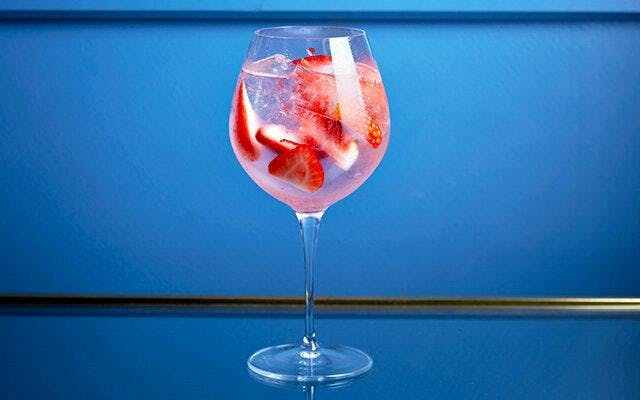
Many of these delicious new styles of gin, such as Whitley Neil’s Rhubarb and Ginger Gin, Manchester Gin Raspberry Infused and Warner Edwards’ Honeybee Gin have drawn high acclaim from the industry and public alike, and they are helping to change the ginny landscape across the UK for the future.
Where some confusion arises is around products appearing to present themselves as “flavoured gin”, when in fact, due to their high sugar content, low alcoholic volume and lack of predominantly juniper flavour, they in fact qualify as gin liqueurs, or something else entirely.
How is gin liqueur different from gin?
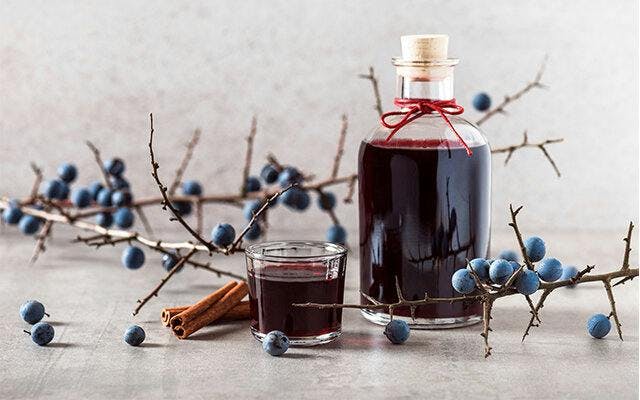
A gin liqueur will usually differ from gin in these ways:
- Has a high concentration of added sugar, leading to a much sweeter, syrupy taste and texture than gin
- Has an ABV of 20-30%
- Does not have juniper as its main flavour
- Has not been produced according to the legal definition of gin
Confusingly, sloe gin is actually a gin liqueur, despite its name!
There you have it, a brief introduction to what gin is, how it’s made, the different kinds of traditional gin, and how these are different from innovative new gins, flavoured gins, and gin liqueurs!
So now all that’s left to do is go forth and explore all the different kinds of gin there are on offer and see which is your favourite!
A great place to start is by joining Craft Gin Club. We’ll send you a surprise, full-size bottle of beautiful quality, artisan gin each month accompanied by complementary tonics, mixers and snacks, plus a glossy magazine packed full of gin information, stories, news, competitions, and of course, delicious cocktail recipes to try at home!
